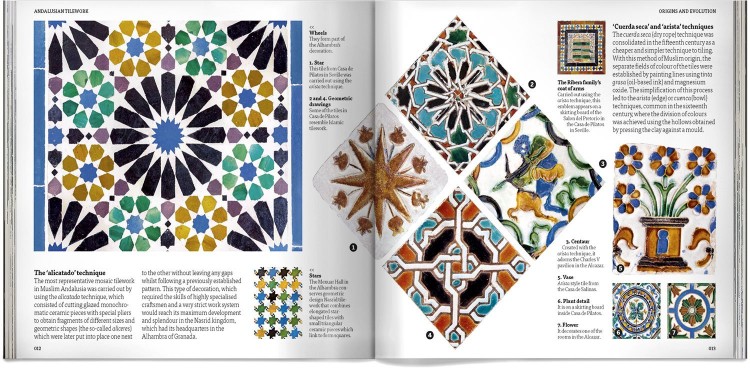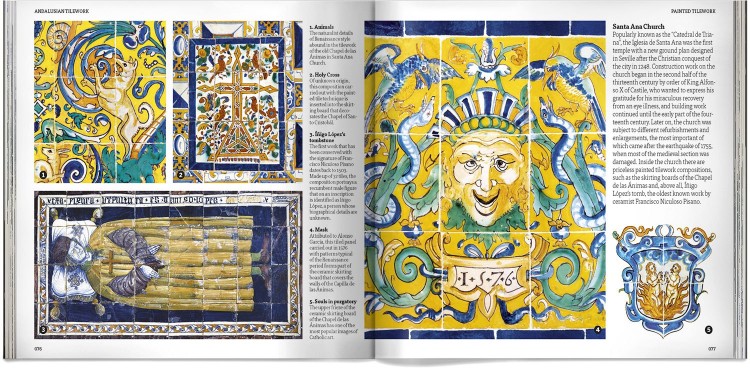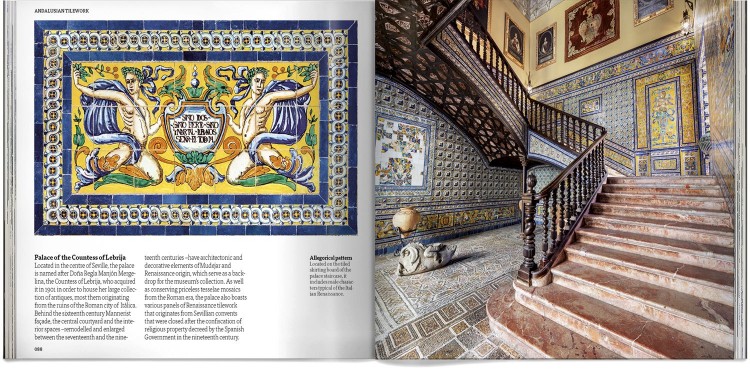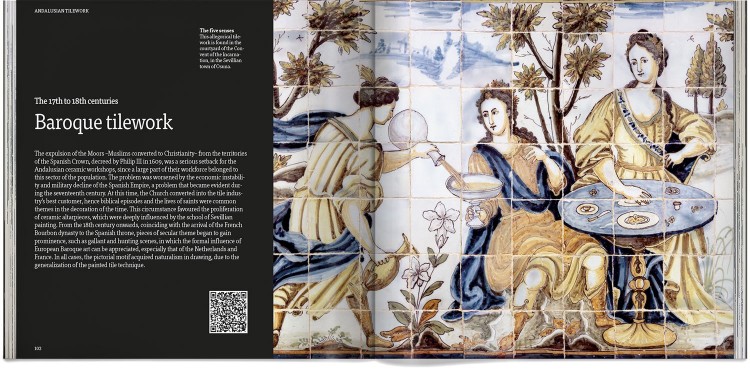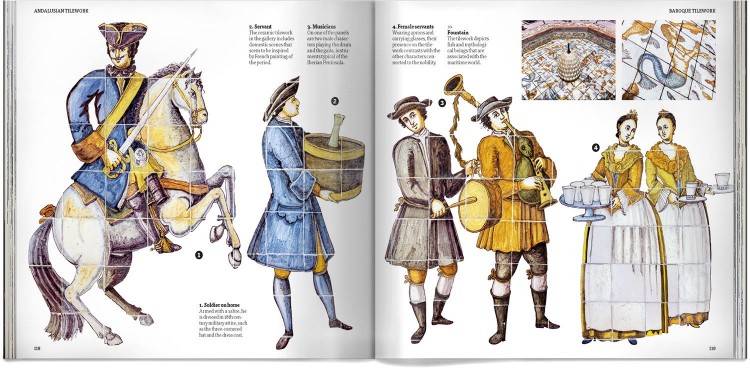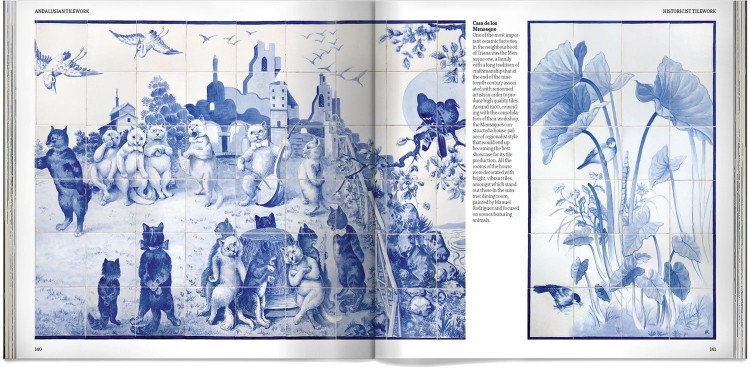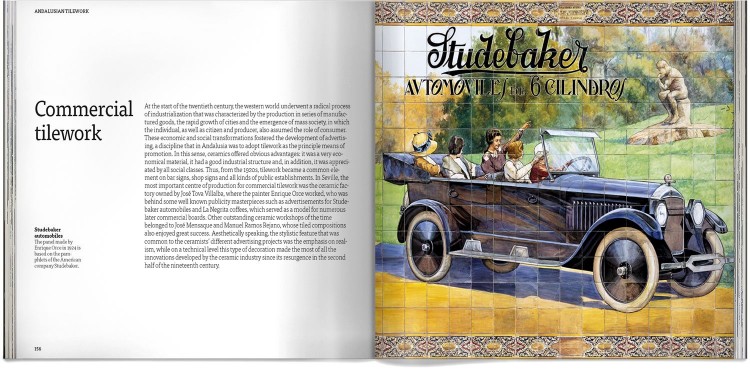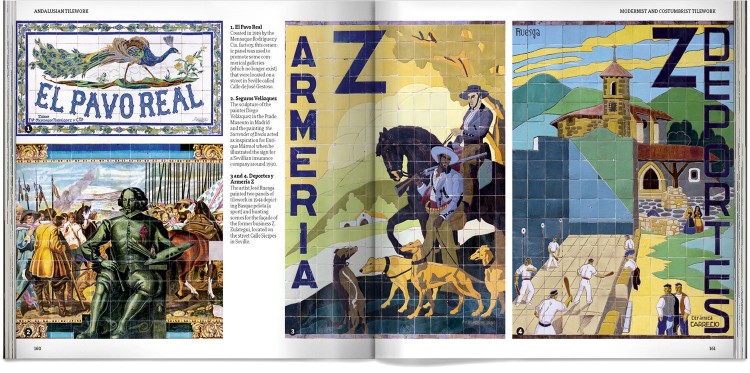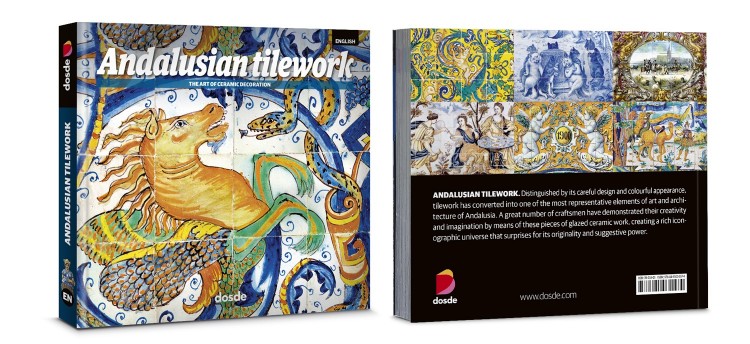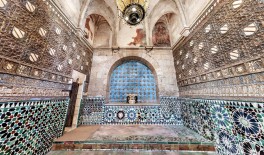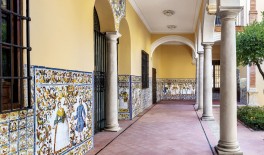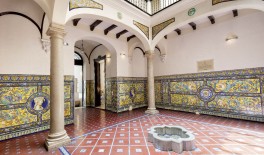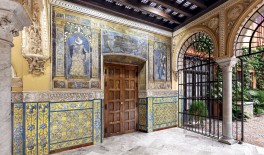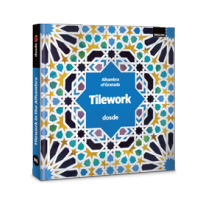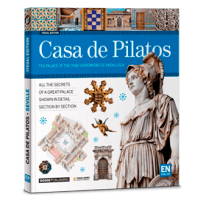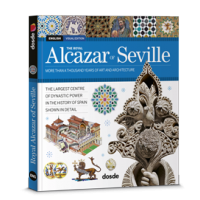Andalusian Tilework
The art of ceramic decoration
About the book Andalusian tilework
This book devoted to Andalusian Tilework compiles Andalusia's most important and representative tile designs and ceramic work. Inheritor of Muslim art, Andalusian tilework demonstrates the historical evolution of the different artistic styles that took root in the Iberian Peninsula.
Organised into chapters, this book carries out a chronological tour of Andalusian tilework, exploring the evolution of different decorative techniques and pictorial motifs typical of each period. Starting from Mudejar tilework to Modernist tilework, as well as Isabelline, Renaissance and Historicist tilework.
This book published by Dosde includes more than 300 excellent quality pictures and detailed information which allow the reader to get closer to Andalusian ceramic work, a highly skilled technique that can still be appreciated today thanks to monuments such as the Alhambra in Granada.
A publication that would interest all art book and architecture book lovers, as well as those who would like an excellent souvenir of the fascinating world of Andalusian tilework.
Photo Edition
Andalusian Tilework
It includes exclusive digital content
Made with environmentally friendly paper
Multilanguage: Available in 6 languages
More than 220 top quality photographs
About the book Andalusian tilework
This book devoted to Andalusian Tilework compiles Andalusia's most important and representative tile designs and ceramic work. Inheritor of Muslim art, Andalusian tilework demonstrates the historical evolution of the different artistic styles that took root in the Iberian Peninsula.
Organised into chapters, this book carries out a chronological tour of Andalusian tilework, exploring the evolution of different decorative techniques and pictorial motifs typical of each period. Starting from Mudejar tilework to Modernist tilework, as well as Isabelline, Renaissance and Historicist tilework.
This book published by Dosde includes more than 300 excellent quality pictures and detailed information which allow the reader to get closer to Andalusian ceramic work, a highly skilled technique that can still be appreciated today thanks to monuments such as the Alhambra in Granada.
A publication that would interest all art book and architecture book lovers, as well as those who would like an excellent souvenir of the fascinating world of Andalusian tilework.
Additional Information
- Additional Information
- Subtitle: The art of ceramic decoration
- Weight (g): 540
- Binding: Paperback with flaps
- Size (cm): 19,5 x 17,5
- Author: Dosde
- Pages: 0
- Edition: Photo Edition
The origins of Andalusian ceramic work
The application of glazed ceramic work on architectonic surfaces was taken up and continued by the Persian Empire, and it received its definitive impulse with the blossoming of Islamic culture. The Muslims promoted the development of new techniques that were able to exploit the full artistic potential of vitrified ceramic work, in an attempt to emulate Greco-Roman and Byzantine mosaic work.
The alicatado technique in Andalusian tilework
The most representative mosaic tilework in Muslim Andalusia was created using the alicatado technique, which consisted of cutting glazed monochromatic ceramic pieces with special pliers to obtain fragments of different sizes and geometric shapes which were later put into place, one next to the other, without any gaps, whilst following a previously established pattern.This type of decoration required the skills of highly specialised craftsmen and a very strict work system in Andalusian craftwork. The Alhambra of Granada, the headquarters of the Nasrid court, was undoubtedly the great showcase of this period, with its striking geometric-patterned, tiled skirting boards.
Painted tilework
The painted tile technique opened a new horizon of artistic possibilities, both stylistically as well as thematically. An Italian ceramicist called Francisco Niculoso Pisano introduced this new technique, consisting of painting directly on to a flat surface of glazed tiles, placed on a panel. Once decorated, the ceramic pieces were fired in the oven for vitrification.The painted tilework technique supposed an authentic revolution, to such a degree that it actually ended up displacing the popular arista technique. Andalusian potters could enhance the narrative nature of their pieces, which led to the reevaluation of their work.
The compositions of the painted tiles carried out in the centuries subsequent to the appearance of Pisano ranged from religious images to scenes of mythological inspiration, as well as traditions and references to the hunting world and countryside.

